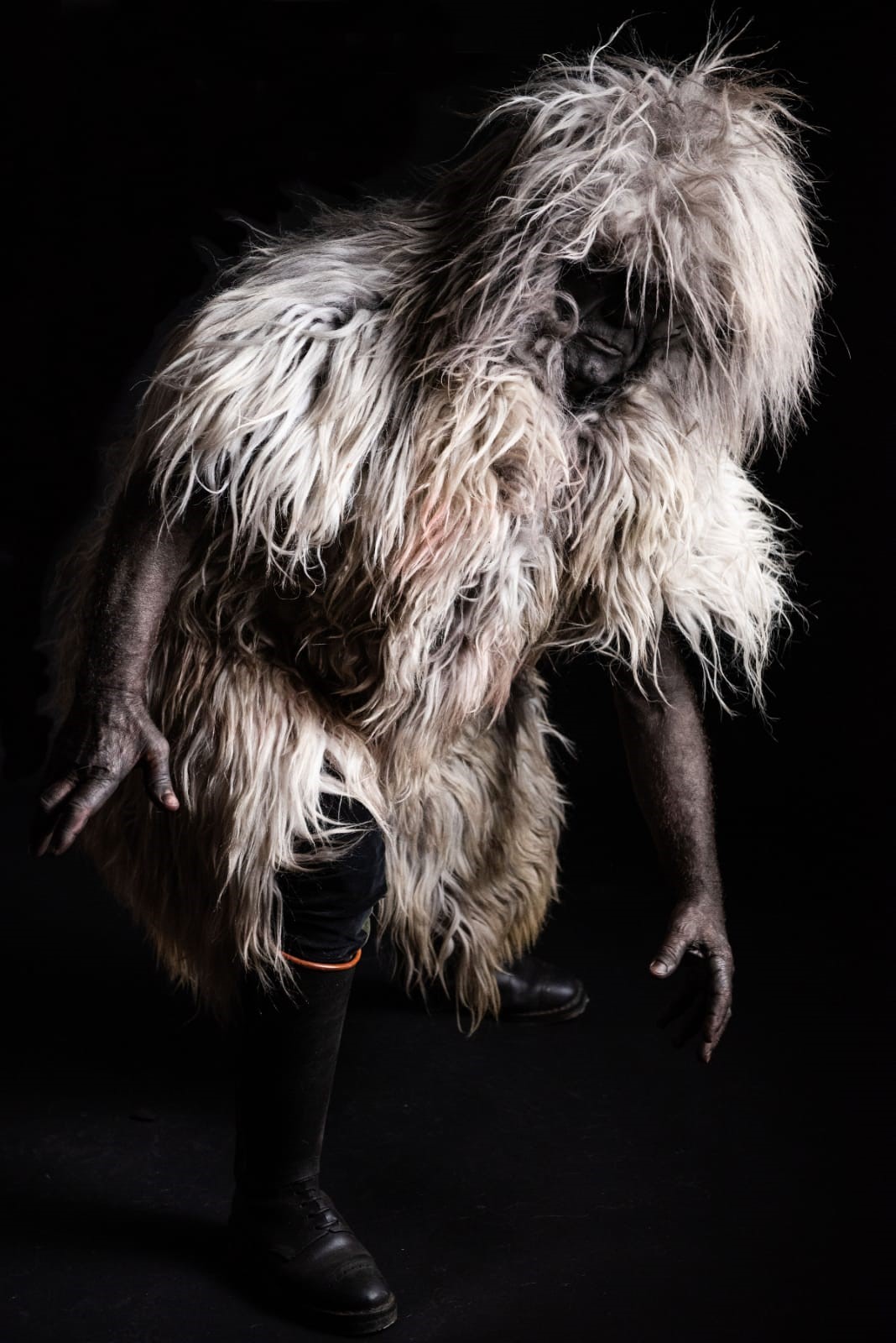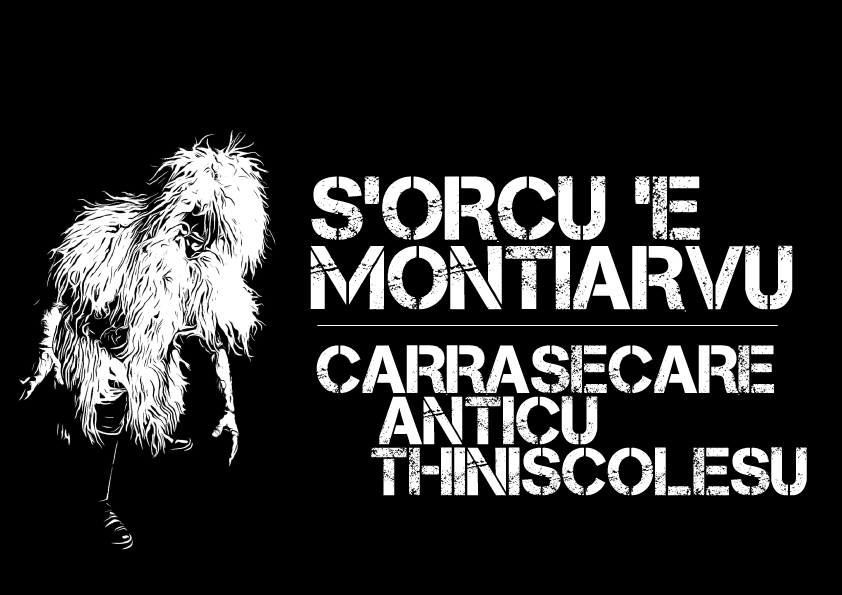S’Orcu ‘e Montiarvu
Since ancient times, all Mediterranean peoples needed to forge a relationship with Dionysus, God of nature and fertility. Sardinian communities, made up of farmers and shepherds, needed rain for the harvest and the land. To ingratiate themselves with the God, they began to sacrifice men and animals in a symbolic ritual of passage that embraced the moments of passion, death and rebirth.
These rites and acts in honour of the God followed the cycle of nature, which dies each year in winter only to be reborn the following spring.
In the Ancient Carnival of Siniscola, this figure was represented by S’Orcu, a man transformed into a beast who hides in the mountain below the top of Mont’Albo, a place known as Sa Prejone ’e s’Orcu (The Prison of S’Orcu). From here he was captured, tied up and brought down to the village on the day of su ‘Olone (the Bonfire) the 16th of January. S’Orcu would then be chained and imprisoned until the day of Martedì grasso (Shrove Tuesday), when he would be released and chased through the streets of the village, only to be tamed to death. Once he had been killed with a knife, his blood was allowed watering the earth, becoming a symbol of fertility and propitiating the success of that year’s harvest.
This figure, which had divine attributes, was put off with the advent of Christianity, but was never forgotten and was often brought back to life in times of severe drought.
The Ancient Carnival of Siniscola is a raw, rough carnival that has, as its main theme, grief and everything connected to the death of the beast, s’Orcu ’e Montiarvu. This figure wears a male sheep skin, his face is covered in soot and his arms are smeared with the blood of those who, during the chase, try to wound and kill him.

